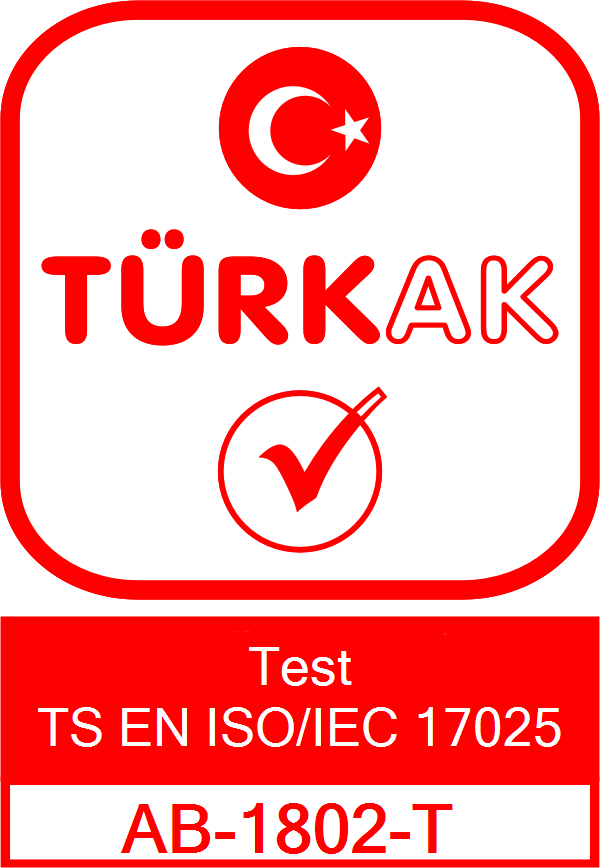
Biological Evaluation of Medical Devices - Chemical Characterization Test ISO 10993-18
Biological Evaluation of Medical Devices - Chemical Characterization Test ISO 10993-18
Contents
ISO 10993-18 is part of the standard "Biological evaluation of medical devices" and focuses specifically on the chemical characterization of medical devices. This covers methods used to determine and evaluate the chemical properties of components and materials of medical devices.
In summary, the purpose of ISO 10993-18 is:
- To provide a framework for determining the chemical constituents of substances that leak or evaporate from medical devices and/or process materials.
- To identify substances that medical devices or their components can potentially release, to determine the amounts of these substances and to use this information for biocompatibility assessment.
- To establish a basis for understanding whether these identified substances pose a biological risk to their users.
The use of this standard is part of a broad approach to assessing the biocompatibility of medical devices and their components. This assessment is critical to understanding whether devices are safe for patients and users.
Chemical characterization of medical devices provides information on the substances these devices contain and potentially release. This is very important for performing a toxicological risk assessment. ISO 10993-18 provides guidance on how to carry out this chemical characterization process.
This standard usually includes the following processes:
1. **Identification of Chemical Components**: Identification of the chemical components (eg polymers, metals, ceramics, etc.) contained in the medical device.
2. **Selection of Analytical Methods**: Selection of suitable analytical methods such as gas chromatography, liquid chromatography, mass spectrometry, Fourier Transform Infrared (FTIR) Spectroscopy.
3. **Extract Preparation**: Preparation of extract from medical device material using suitable solvents.
4. **Chemical Analysis**: Analysis of the chemical components of the extract or material by selected analytical methods.
5. **Data Evaluation**: Evaluation of analysis results, identification of chemical components and potentially released substances (eg monomers, fillers, additives, etc.).
6. **Risk Assessment**: Evaluation of the potential biological effects of chemical components or released substances.
7. **Reporting**: All methodology, findings and conclusions, along with potential risks and recommendations, are collected in a report.

